When you buy Niʻihau shell jewelry — or other Hawaiian shell pieces made with Kahelelani, Laiki, or Momi shells — you’re not just choosing an accessory. You’re choosing a piece of Hawaiian jewelry (ハワイアン ジュエリー) created with patience, respect, and aloha.
Each tiny shell is gathered carefully, sorted by color and size, then cleaned and strung one by one — no dyes, no machines, only hands, eyes, and years of practice. Every shell carries the story of the ocean and the island it came from, making each piece completely one of a kind. ♥️
If you’d like to see some of my creations, you can visit my Niʻihau Shell Earrings, Bracelets, Leis, or Pendants here. But if you’re new and need a little more background first, you can start with my blogs here to learn more about Niʻihau shells and how they’re made into jewelry. ✨
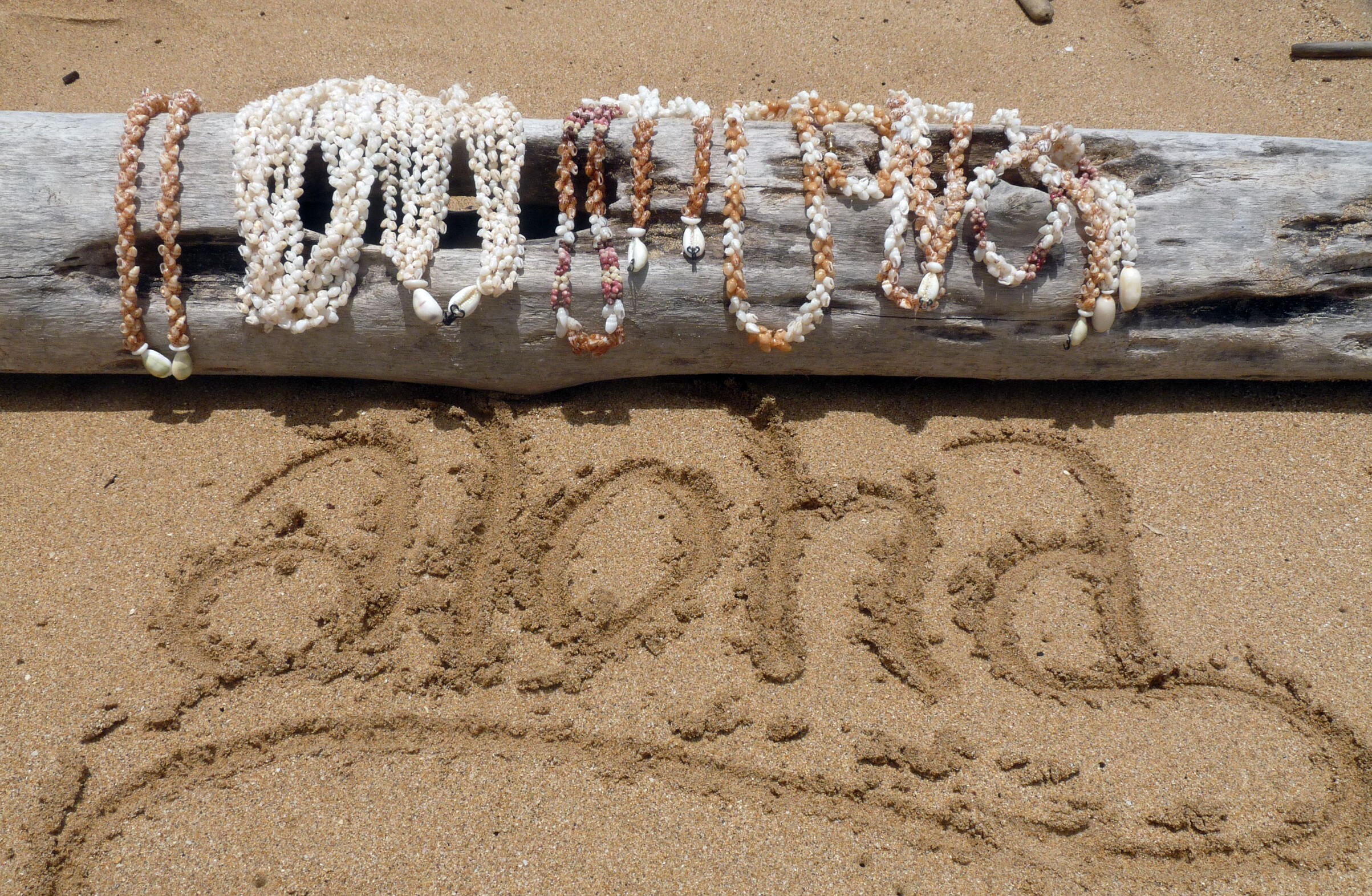
Now You May Have to Ask Yourself — What Do You Really Want and Prefer?
This is where your decision truly begins. Take a moment to think about what draws you in most — is it where the shells come from, the way they’re made, or the beauty of the design itself?
Knowing what matters most to you will help guide your choice — whether you love the thought of shells gathered from Niʻihau Island (ニイハウ シェル), or you’re simply drawn to the colors and patterns that make your heart happy.
Maybe it’s the creative side that captures your attention — the different styles like Pikake, Poepoe, or Kipona, each with its own story to tell. I’ll be sharing more about these in my upcoming blog series on Niʻihau Shell Jewelry Styles, so you can get to know each one and see which feels most like “you.”
Whatever it may be — the history, the artistry, or simply the way a piece makes you feel — that quiet moment of reflection is where your Niʻihau jewelry journey truly begins. ♥️
1. Where the Shells Come From
Did you know that Kahelelani shells are actually part of the snail family? They’re Hawaiian marine shells (ハワイの貝殻) that live in the waters surrounding the islands — which means that, besides Niʻihau, these beautiful shells can also be found around other neighboring islands like Kauia, Oʻahu, Maui, Molokaʻi, or even the Big Island.
Along with Kahelelani, you’ll also find other Hawaiian marine shells like Momi, Laiki, Cone shells, Granulate, and many types of Cowrie shells scattered along the shores. Nature doesn’t limit her beauty to one place — she shares it across all of Hawaiʻi. ☀️
But here’s something important to know: by law, if the shells were not collected directly from Niʻihau Island, they can’t officially be called Niʻihau shells (ニイハウ シェル).
Now here’s something to think about — where do you prefer your shells to come from?
Would you rather have shells that were truly gathered on Niʻihau Island, or would you be just as happy with shells collected from other Hawaiian islands?
Both choices are beautiful, and it really depends on what speaks to your heart. Some people feel a strong connection to the tradition and story of Niʻihau itself, while others fall in love with the shells — their colors, patterns, and luster — no matter which island they came from. Either way, you’re still bringing home a little piece of Hawaiʻi’s ocean beauty. ✨
Are they the same type of shells? Yes, they are — nature creates them all across the islands. The difference lies in where they were gathered and how the tradition of stringing them began. You can learn more about this in my blog Where Do You Get Your Niʻihau Shells?
2. Ask the Right Questions
If you prefer shells that truly come from Niʻihau Island, it’s important to ask the right question when you’re buying. Don’t just ask, “Are these Niʻihau shells?” — most of the time, the seller will simply say yes. Instead, try asking:
“Were the shells used to create this piece originally collected from Niʻihau Island, or from another island?”
That small change in wording makes a big difference. It helps you understand where the shells were actually gathered and gives you more confidence in what you’re buying. ♥️
If you’re new to Hawaiian seashells (ハワイアン ジュエリー シェル) used in Niʻihau jewelry, don’t worry too much about being perfect or knowing everything. At first, it’s okay if you simply want something beautiful — as long as it’s made with real shells from the Hawaiian Islands. The most important thing is to ask questions and stay curious. Doing a little bit of research beforehand will help you feel more comfortable and know what to ask the seller.
And remember — you don’t need to be an expert. Never feel shy to ask questions! Most sellers are more than happy to help and share what they know. It’s much better to ask before you buy than to end up feeling disappointed later. If you’re ever unsure and the seller can’t give you a clear answer, it’s perfectly okay to take a step back, compare, or look for another shop that makes you feel confident.
Buying something special should always feel good — like a happy little adventure, not a stressful one. ✨
3. Design, Style, and Quality
After you know what questions to ask, the next thing to consider is the quality of the shells used in the design and the pattern that you’ve fallen in love with. I’m sure before you decide to buy, you’ve already done a little research about what style you want — or maybe you discovered it through the photo and description of the jewelry that caught your heart.
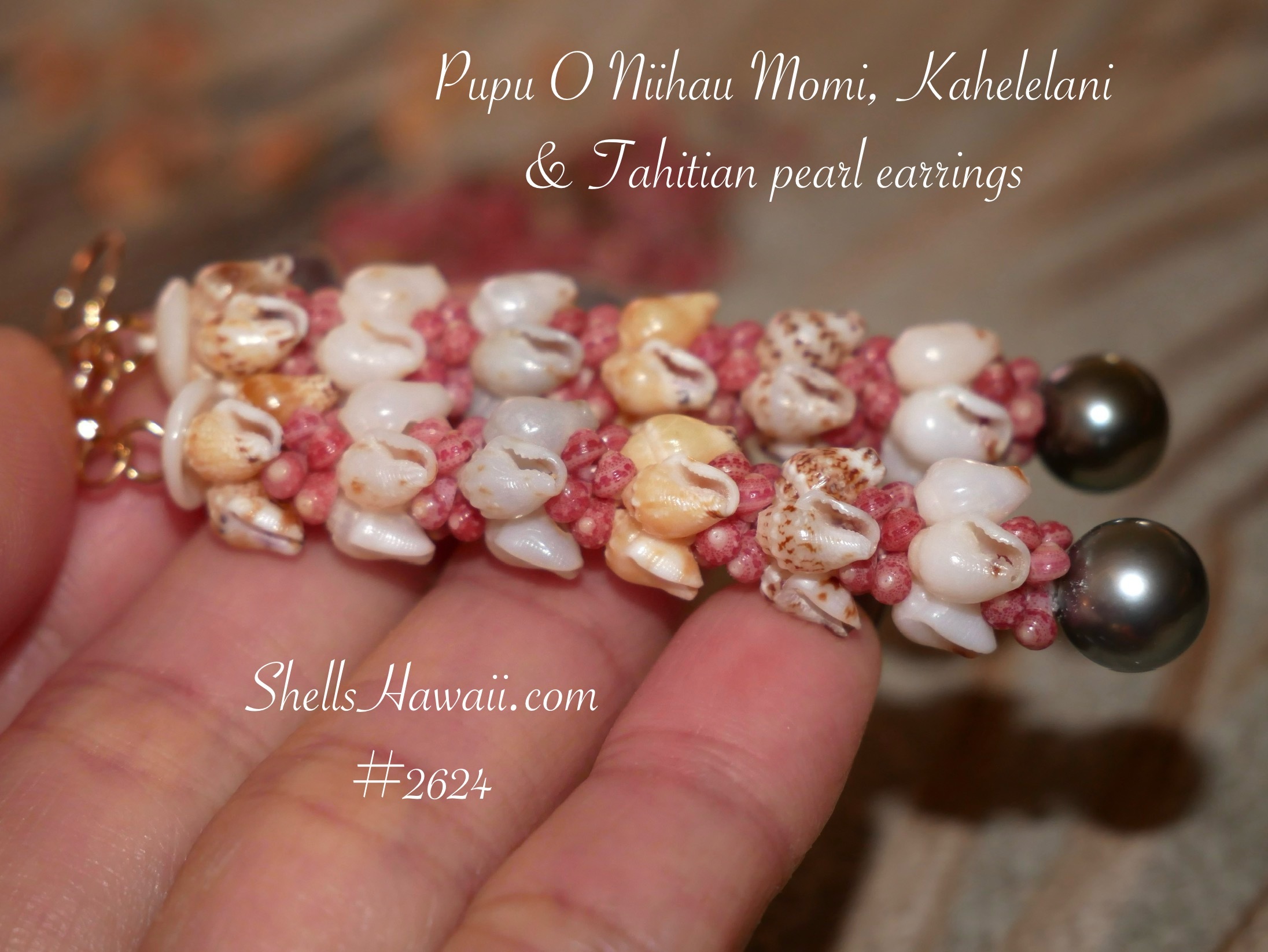
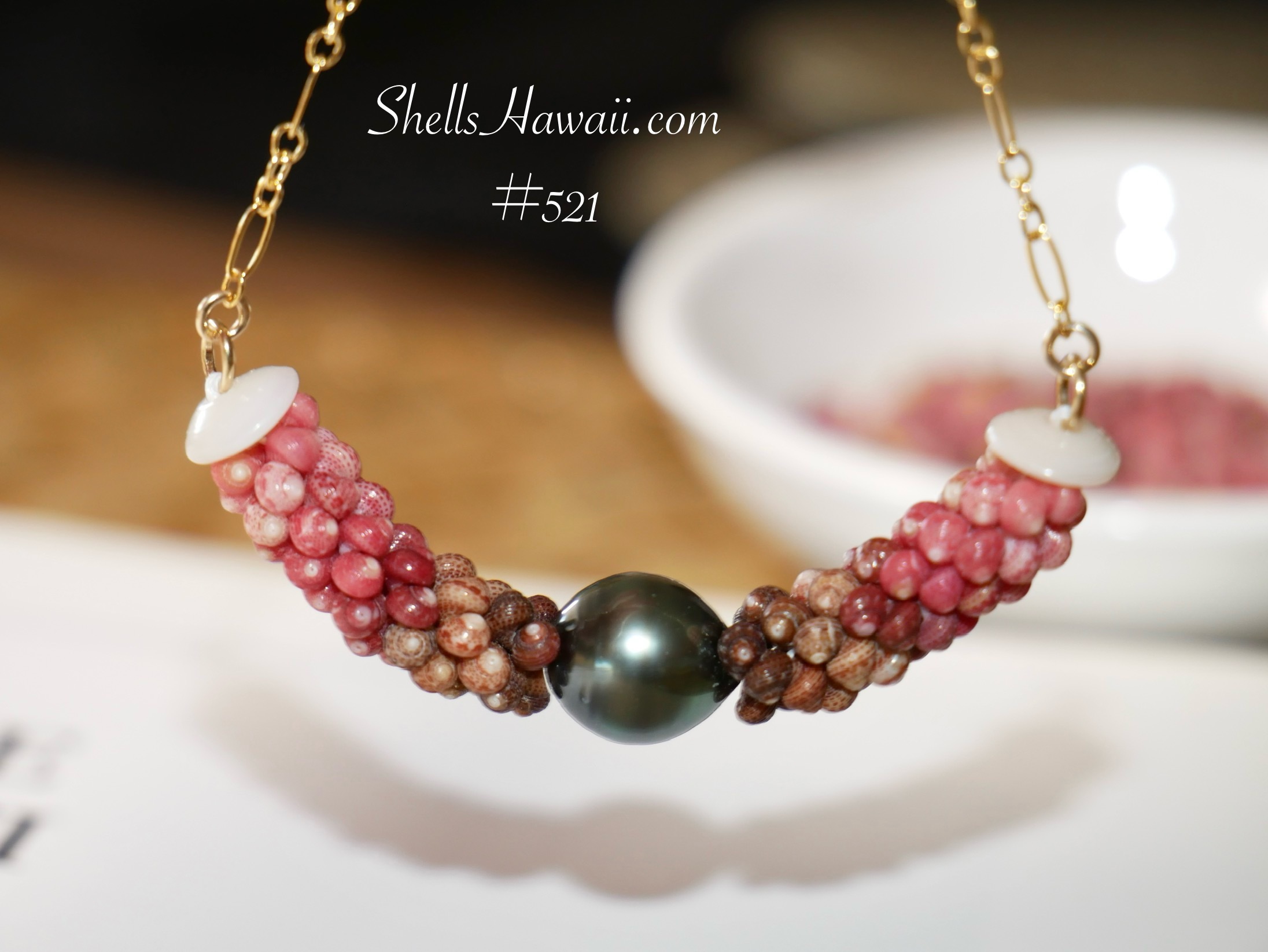
But don’t just see the color and jump right in to “add to cart.” Take a little time to learn about the quality — how it should look, and what to look for. Always ask yourself, “Why is this item much cheaper than others I’ve seen?” There’s usually a reason. No one wants to sell their creation too cheaply after all the labor of love, fees, taxes, shipping, and everything else that goes into making just one piece.
So if something looks too good to be true, pause and look a little deeper. But if you’ve done your homework and are happy with what you see — go right ahead and buy it with confidence! When you receive your order, you’ll have the most wonderful feeling opening that package. I just don’t want you to be disappointed later or find out something different when someone else points it out.
Beautiful color doesn’t always mean high quality. Sometimes the shells may look bright but can be thin, uneven, or roughly strung together. The workmanship — how your jewelry is put together — matters just as much as the shells themselves. When you wear your piece, that’s the first thing people will notice, especially if you live in Hawaiʻi or talk with others who know Niʻihau shell jewelry (ニイハウ シェル ジュエリー) well.
We all love quality, right? Quality always lasts — and every time you look at it, you’ll smile and think, “It’s mine.” hehe
Design, price, shell quality, workmanship, and customer service — these are all the main things you should ask yourself about when you’re ready to buy Niʻihau shell jewelry (ニイハウ シェル ジュエリー). The more you learn and understand each of these details, the happier you’ll be with your choice and the more meaning your piece will hold. ✨
4. Budget and Value
Once you understand what to ask and what you’re looking for, the next thing to think about is your budget.
Everyone has a price range that feels comfortable, and that’s completely okay. You don’t have to buy the most expensive piece to own something beautiful — but it’s good to understand why prices can vary so much. The value of Niʻihau shell jewelry (ニイハウ シェル ジュエリー) often depends on the rarity of the shells, the time and skill it takes to string them, and the design style itself.
A simple pair of Momi shell earrings (貝殻ピアス) might take hours to make, while a full Kahelelani lei can take weeks or even months. So when you see something priced higher, it usually reflects the labor of love behind it.
That’s why it’s always good to pause and think — if one piece costs much less than others that look similar, ask yourself why. There’s often a reason, whether it’s the type of shells, the grade, or how they’re strung.
Buying Niʻihau shell jewelry (ニイハウ シェル ジュエリー) isn’t just about finding the lowest price; it’s about finding a piece that makes you feel connected to Hawaiʻi and to the story it carries. And when you find that one piece that truly speaks to you — that’s when you’ll know it’s worth it. ✨
Beautiful color doesn’t always mean high quality. Sometimes the shells may look bright but can be low-grade or uneven, or the workmanship may not hold up over time. The way each piece is put together — the thread, the twist, and the finishing — all show the skill behind Hawaiian jewelry (ハワイアン ジュエリー). When you wear your jewelry, that’s the first thing people will notice — especially if you live in Hawaiʻi or talk with others who know Niʻihau jewelry well.
We all love quality, right? Quality always makes it last — and every time you look at it, you’ll smile and think, “It’s mine.” ♥️
Design, price, shell quality, workmanship, and customer service — these are the main things to ask yourself when buying Niʻihau shell jewelry (ニイハウ シェル ジュエリー). The more you understand these details, the more you’ll enjoy your purchase — and treasure it for years to come. ☀️
This is just my own opinion, shared from my experience over the years working with these shells. I have to say, I’m a bit hardheaded when it comes down to quality — haha. But if I were a customer, these are exactly the things I would ask myself before buying.
Shell Quality Comparison — Niʻihau vs. Kauaʻi Shells
When you look closely at these three sets of earrings, you can really see how shell quality makes a difference. The earrings on the left are made with A-grade Kahelelani shells from Niihau island, known for their high luster, smooth surface, and consistent shape. The colors flow beautifully from soft pinks and creams to deep reds, creating that signature Niʻihau brilliance.
The middle photo shows C-grade Kauaʻi shells — still natural and beautiful, but a bit duller in color, more uneven in size, and with a rougher surface texture. Some shells have naturally formed holes or tiny surface marks that give them a rustic charm. On the right, you’ll see A-grade Kauaʻi shells, which are much brighter and more uniform, showing that even shells collected outside Niʻihau can reach excellent quality when carefully selected.
Both Niʻihau and Kauaʻi shells carry the ocean’s story, but Niʻihau shells stand out for their rarity, brilliance, and precision — qualities that make them the most valued in authentic Niʻihau shell jewelry (ニイハウ シェル ジュエリー). In my upcoming blog, I’ll be sharing a beginner’s guide on how to identify shell quality used in Niʻihau shell jewelry — so please stay tuned. ✨
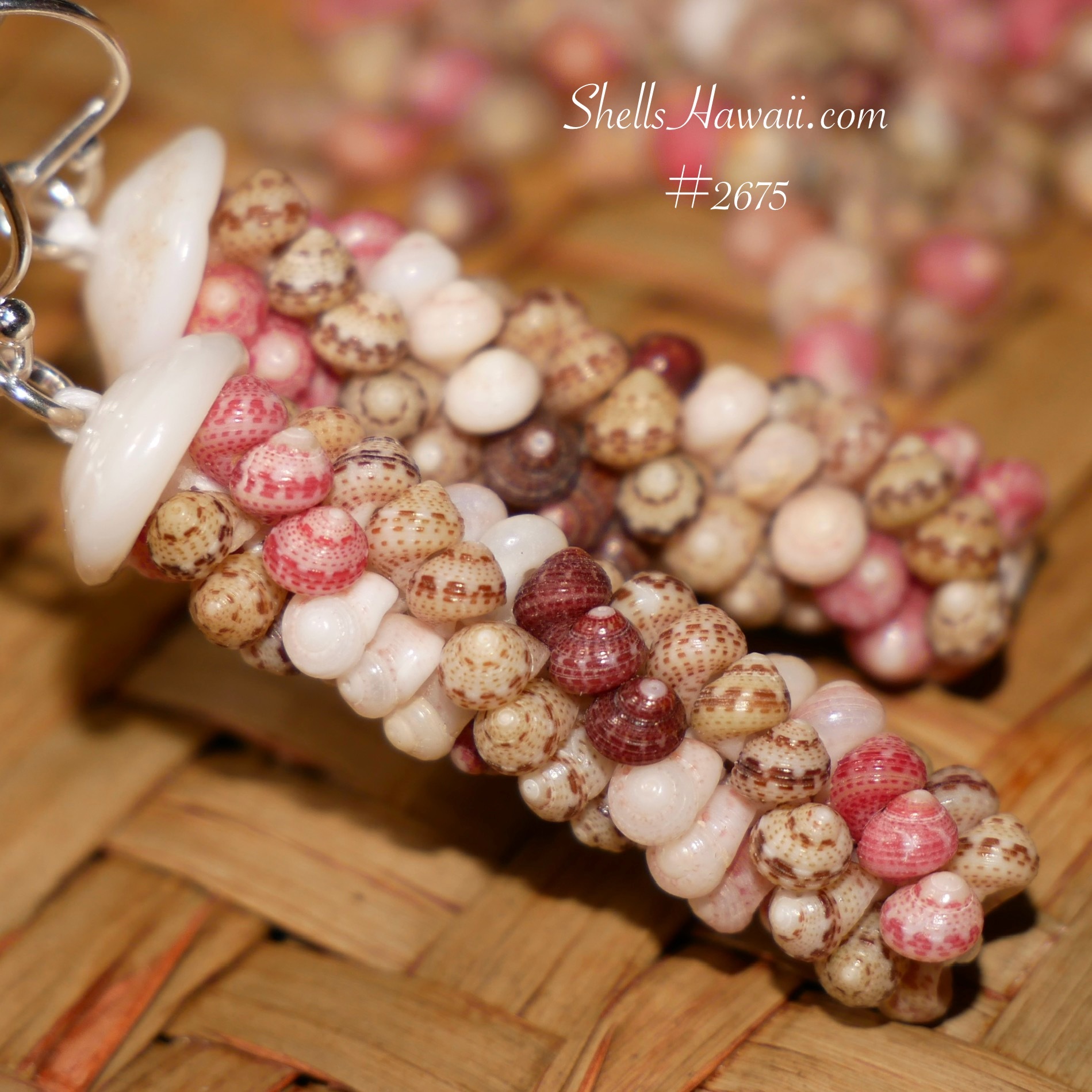
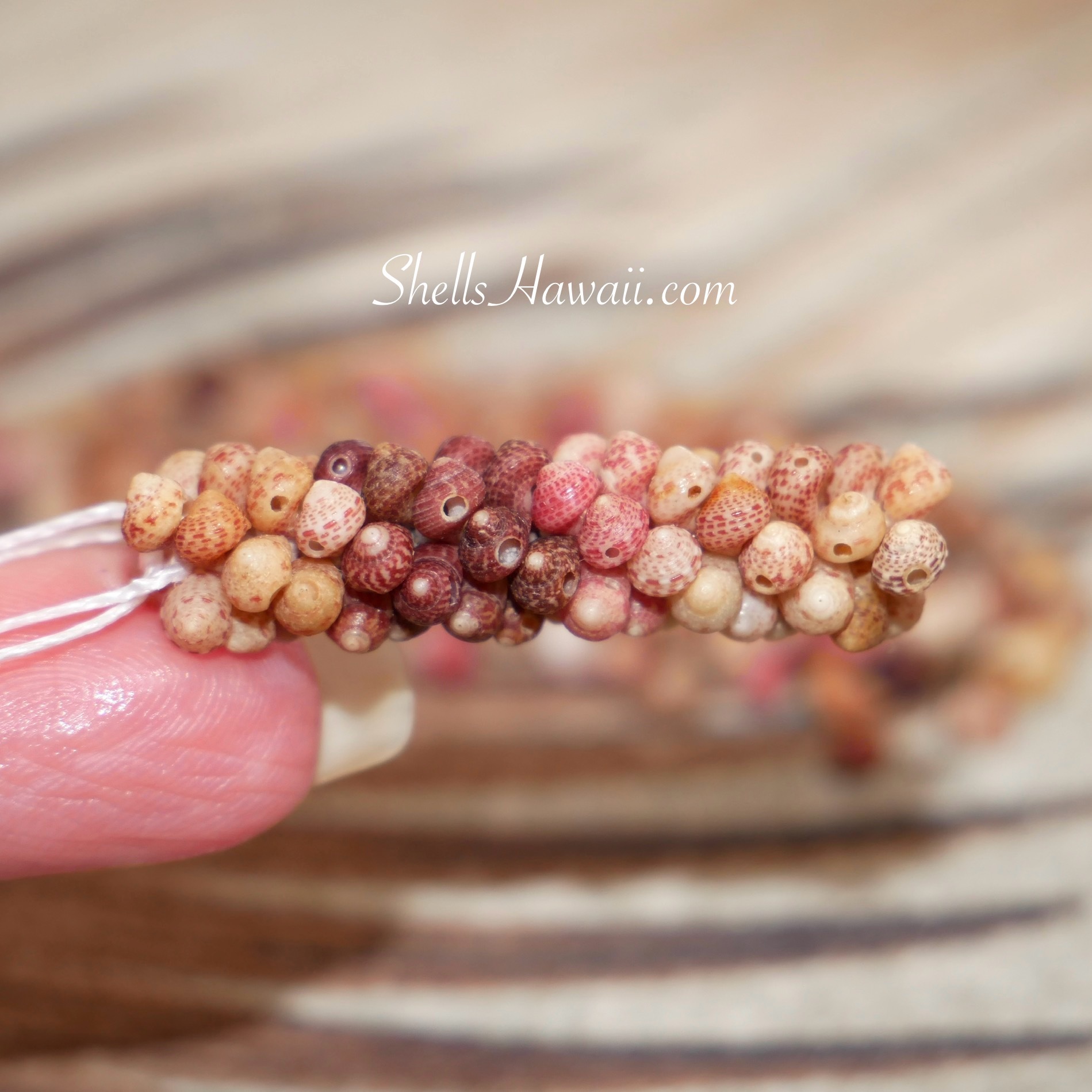
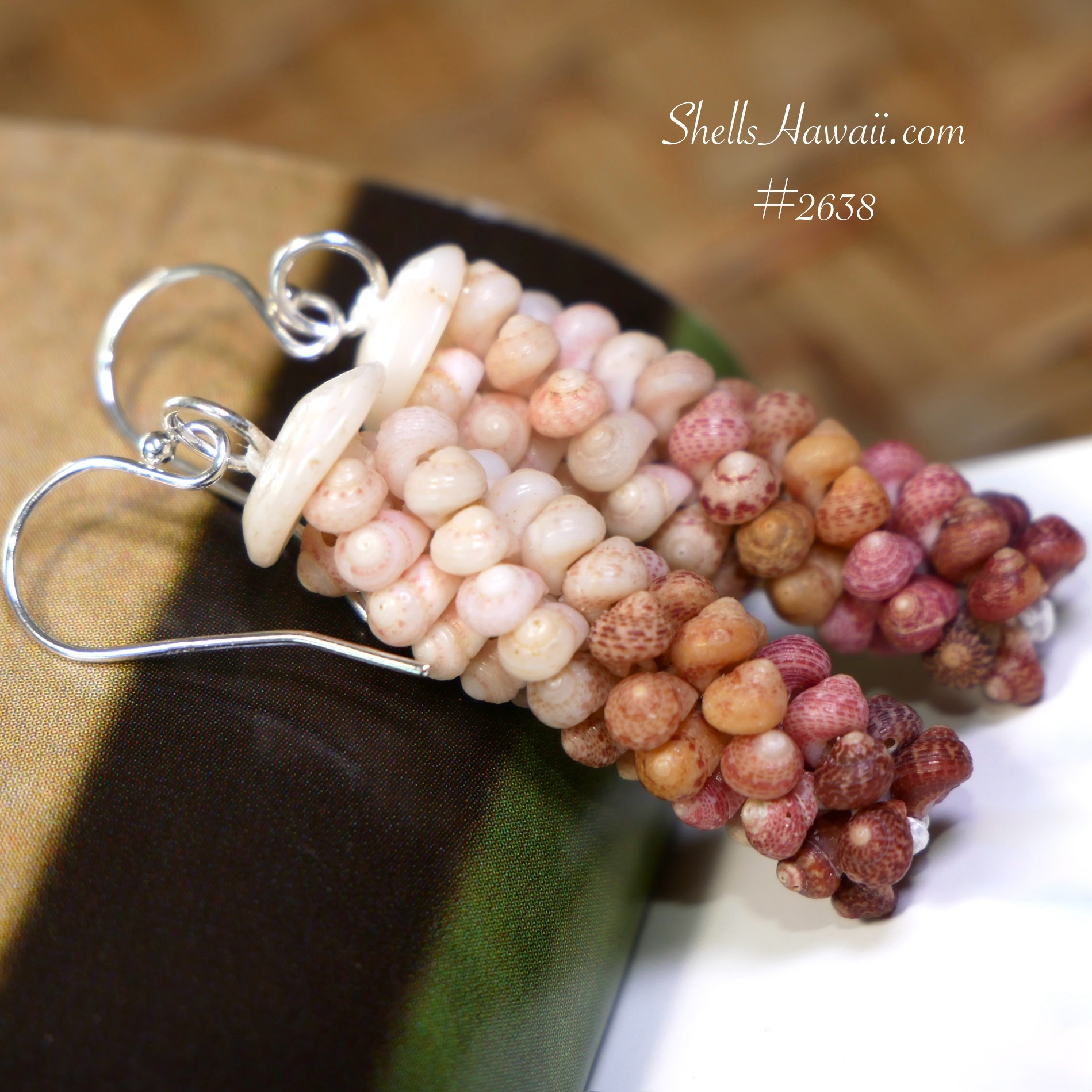
No matter what your decision is in the end, at least you’ll make it with confidence — and you’ll cherish a beautiful piece of Hawaiian art (ハワイアン ジュエリー) made from the shells of the Hawaiian Islands for a very long time. ✨
I Hope This Helps You Choose with Confidence
To anyone just starting to learn about Niʻihau shell jewelry — I know it can feel a little overwhelming at first. There’s so much to discover, from shell names and colors to styles and grades. But every bit you learn brings you closer to understanding the beauty and meaning behind this Hawaiian art (ハワイアン ジュエリー).
Please never feel shy about asking questions. It doesn’t mean you know less — it shows that you care and want to learn more. Every question you ask is part of your journey, and those of us who love this craft are always happy to share what we know. Sometimes, even a small question can open a door to something wonderful — helping you feel more confident and connected to the story behind your jewelry.
If you ever see a piece that speaks to your heart or want to learn more about what makes Niʻihau shells so special, I’d love to help. You can always message me anytime — no pressure, just aloha and honest guidance.
And when you have a little quiet moment, I hope you’ll take a look through some of my other blogs. Each one was written with aloha to help you see how every shell, every pattern, and every lei carries its own story from the sea.
Buying Niʻihau shell jewelry isn’t just about finding something beautiful — it’s about connecting with a living piece of Hawaiʻi’s history and spirit. I hope this guide helps you choose with confidence, and that one day, you’ll find a piece you truly cherish — one that reminds you of the patience, care, and love that shaped it.
With aloha,
Janjira
 USD
USD

